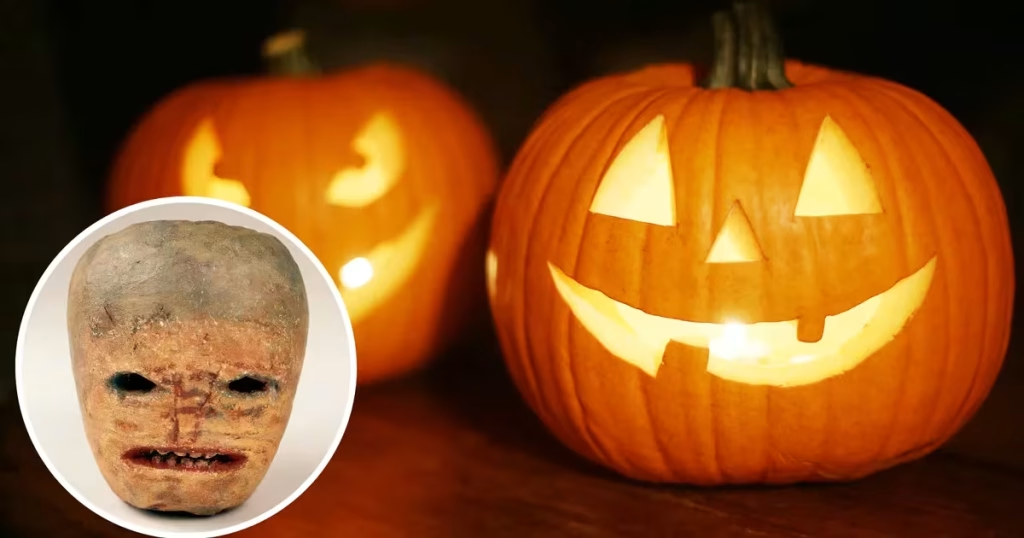From Tubers to Pumpkins
Long before the bright orange pumpkins we know today became the face of Halloween, people used humble root vegetables. In ancient Ireland and Scotland, early Halloween traditions involved carving faces into turnips, potatoes, and other tubers. These crude lanterns, known as “jack-o’-lanterns,” were placed on windowsills or doorsteps to ward off evil spirits, especially “Stingy Jack,” a figure from folklore said to wander the earth after tricking the Devil. When Irish immigrants brought the custom to North America, they found pumpkins — native to the continent and larger, softer, and easier to carve — to be the perfect replacement.
A Symbol and a Saying
The word pumpkin has taken on multiple meanings over time. Originally derived from the Greek word pepon, meaning “large melon,” it evolved through French and English into the familiar term we use today. In modern slang, “pumpkin” can be a playful insult — suggesting someone is round or slow — but it’s also widely used as a term of affection. Parents and lovers alike have called their cherished ones “pumpkin” for centuries, symbolizing warmth, sweetness, and homegrown comfort.
World-Record Carving
Pumpkins have grown far beyond simple porch decorations. Competitive growers now cultivate enormous gourds that weigh thousands of pounds, leading to record-breaking carvings. The largest carved pumpkin on record was created in 2023 from a colossal pumpkin weighing over 2,700 pounds. Artists transformed it into an elaborate jack-o’-lantern featuring intricate designs and illuminated from within — a glowing symbol of how far this Halloween tradition has come.
From Superstition to Celebration
What began as an ancient ritual of protection has turned into one of Halloween’s most beloved customs. The carved pumpkin — glowing from porches around the world — continues to represent both creativity and a deep connection to history.

